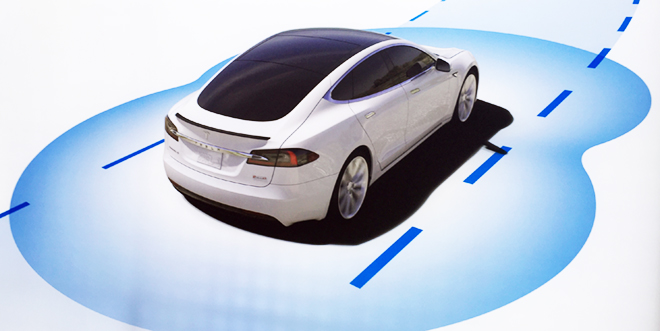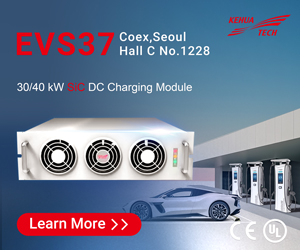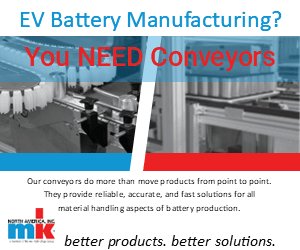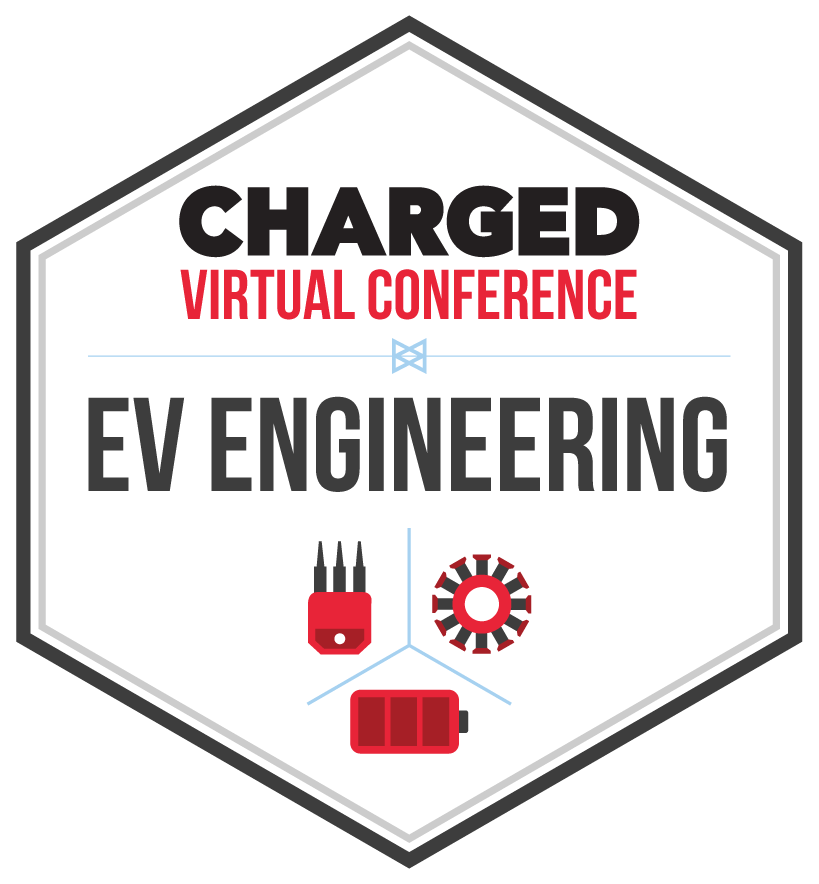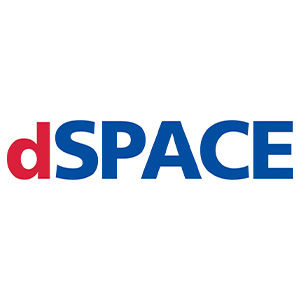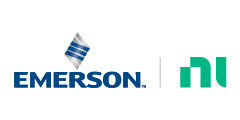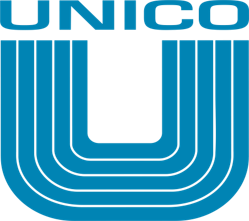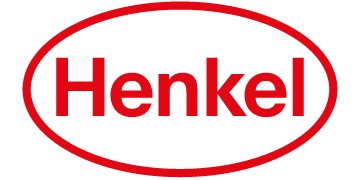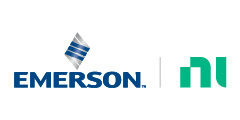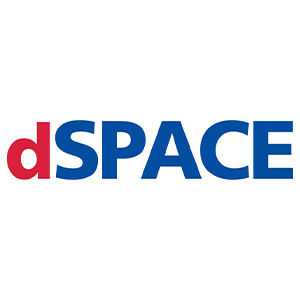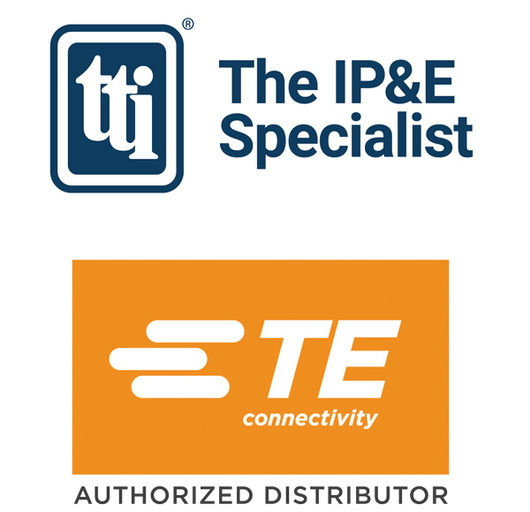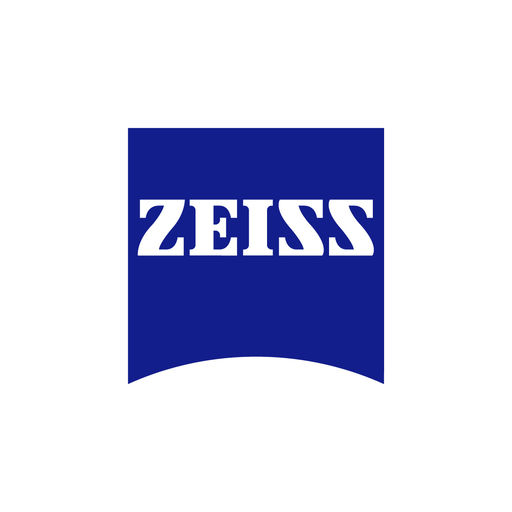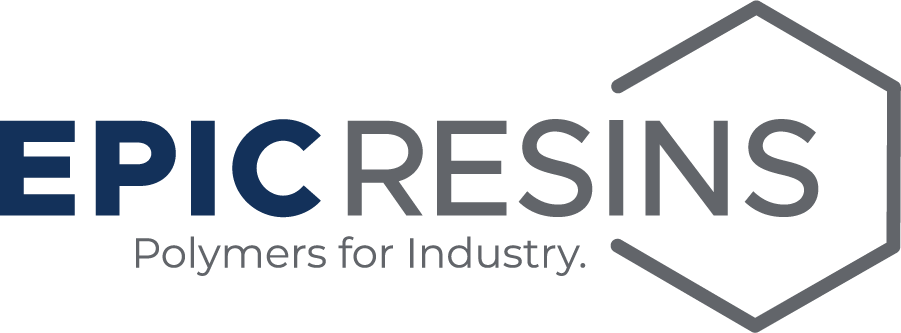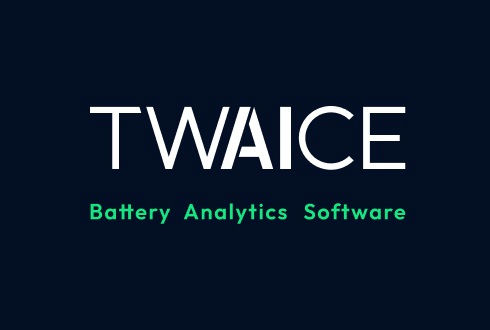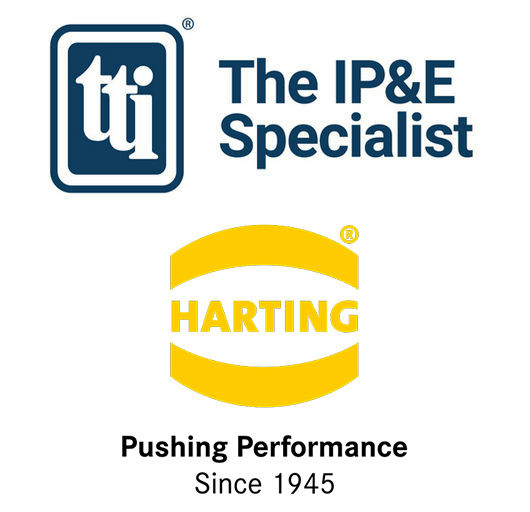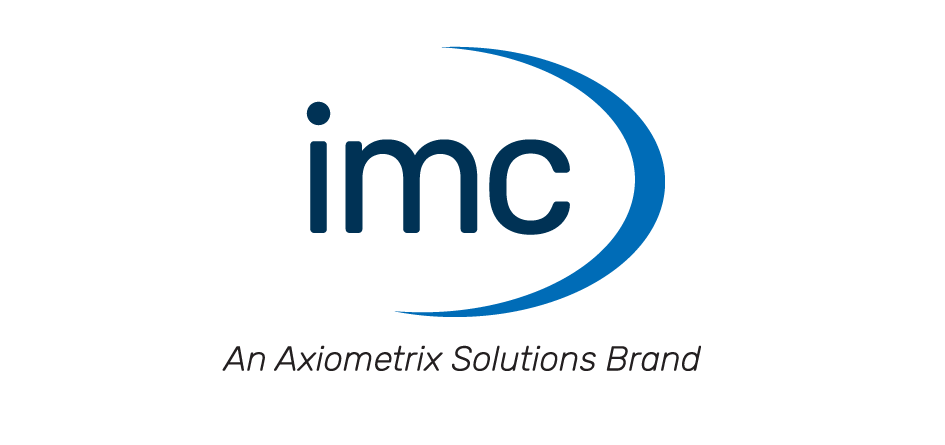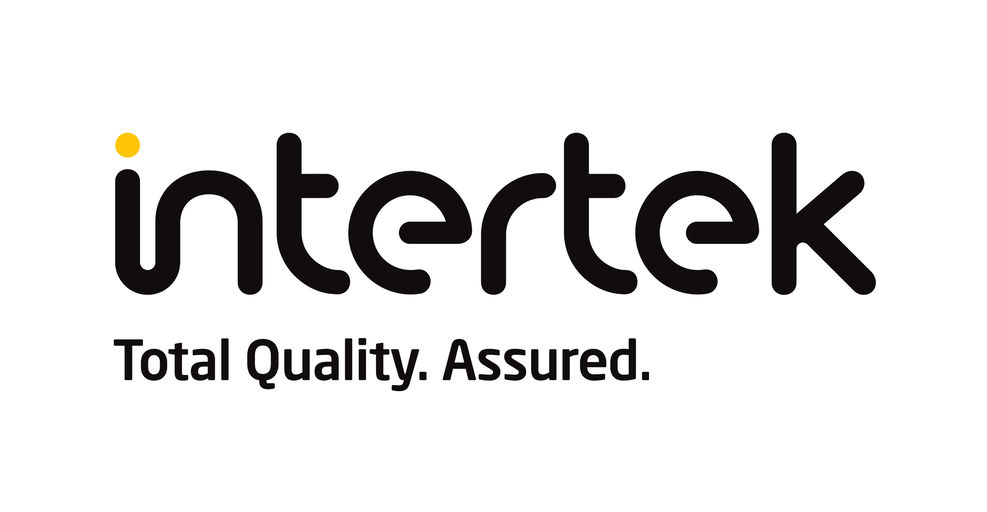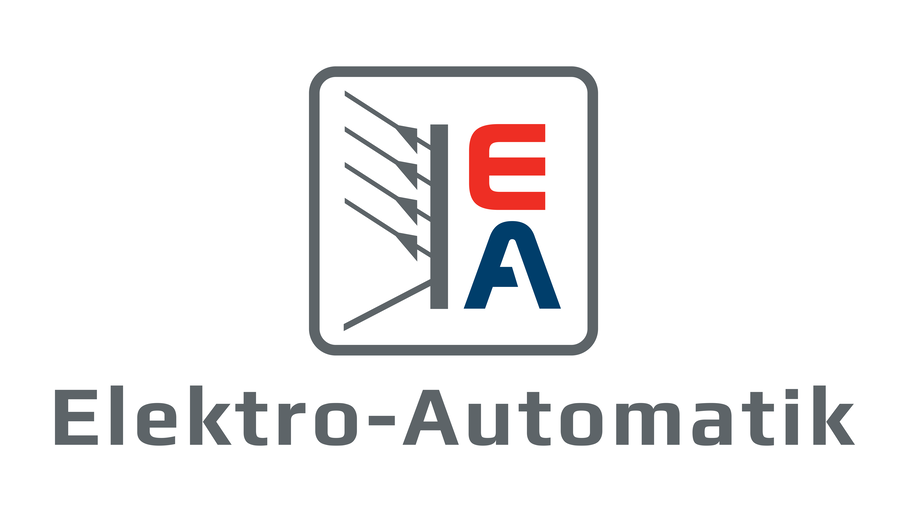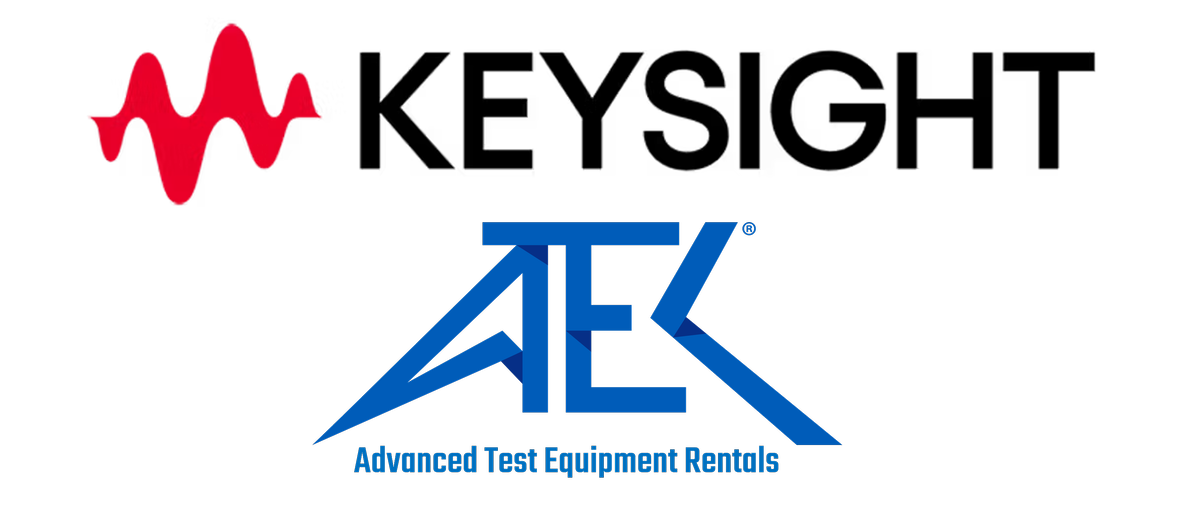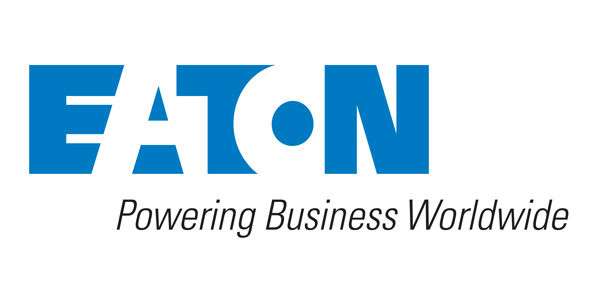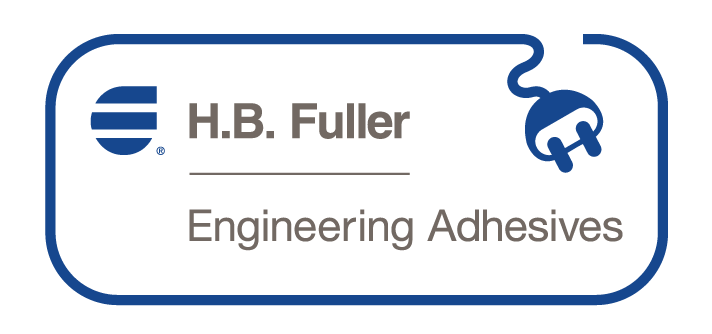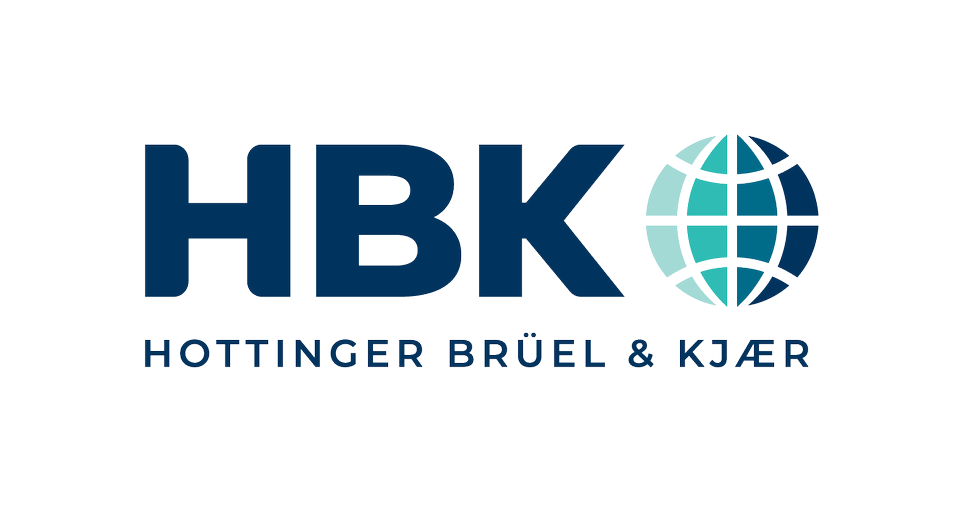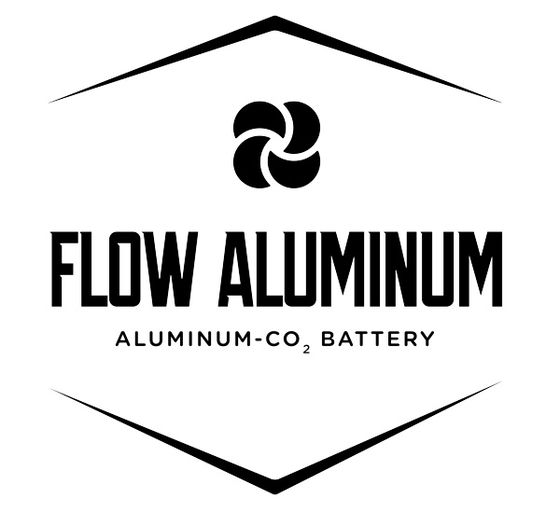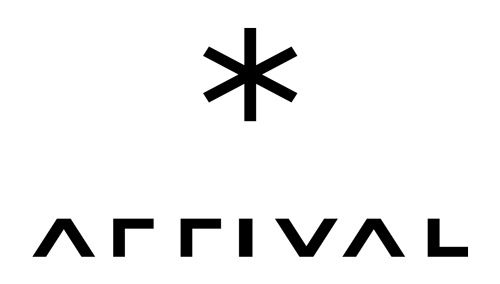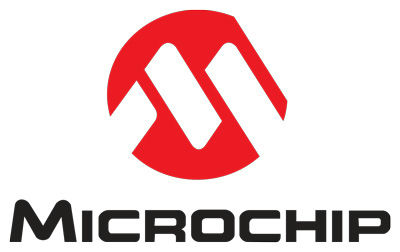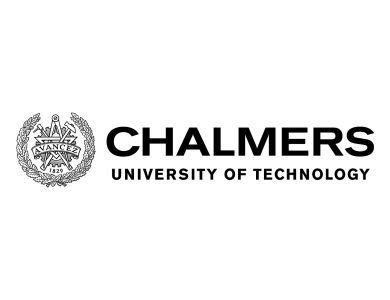Over the past couple of decades, major automakers have built an ecosystem in which components of their cars are built by suppliers large and small around the world. This system has served them well, but it has several drawbacks that are becoming more apparent as cars become electric, autonomous and connected (Ian Wright eloquently described the problem in a 2014 article).
Tesla, which thinks in terms of Silicon Valley time, rather than Detroit’s 20th-century product cycles, has often run up against the limits of the outsourcing model – tardy suppliers were surely to blame for much of the delay launching Model X. Tesla isn’t afraid to buck conventional wisdom, and bring production of key components in-house.
As Model 3 production ramps up, Musk thinks the company’s degree of vertical integration is likely to increase. “I think it’s important for us to have the ability to produce almost any part on the car at will, because it alleviates risk with suppliers,” said Musk on the recent Q1 earnings call. “If 2% of suppliers aren’t ready, we can’t make the car. Having the ability to…make that 2% internally massively reduces risk associated with the production ramp.”
“Once we get to a steady state, and…a supplier can do a very efficient job of making that part, we have no problem transitioning it from insource to outsource,” said Musk. “Our goal is not to insource for the sake of insourcing, but rather to insource if we think it has a meaningful improvement on schedule or cost or quality.”
“For a lot of supply chains, they are impedance-matched to the timeframe of the big OEMs, and Tesla just moves a lot faster. If they’re impedance-matched to a typical six-year development cycle, and we’re on a two- or three-year development cycle, it just doesn’t connect properly. Some suppliers can handle that, and some can’t.”
Source: Tesla




